Trending
Early work
Six top real estate players share the joys and pains of their first jobs
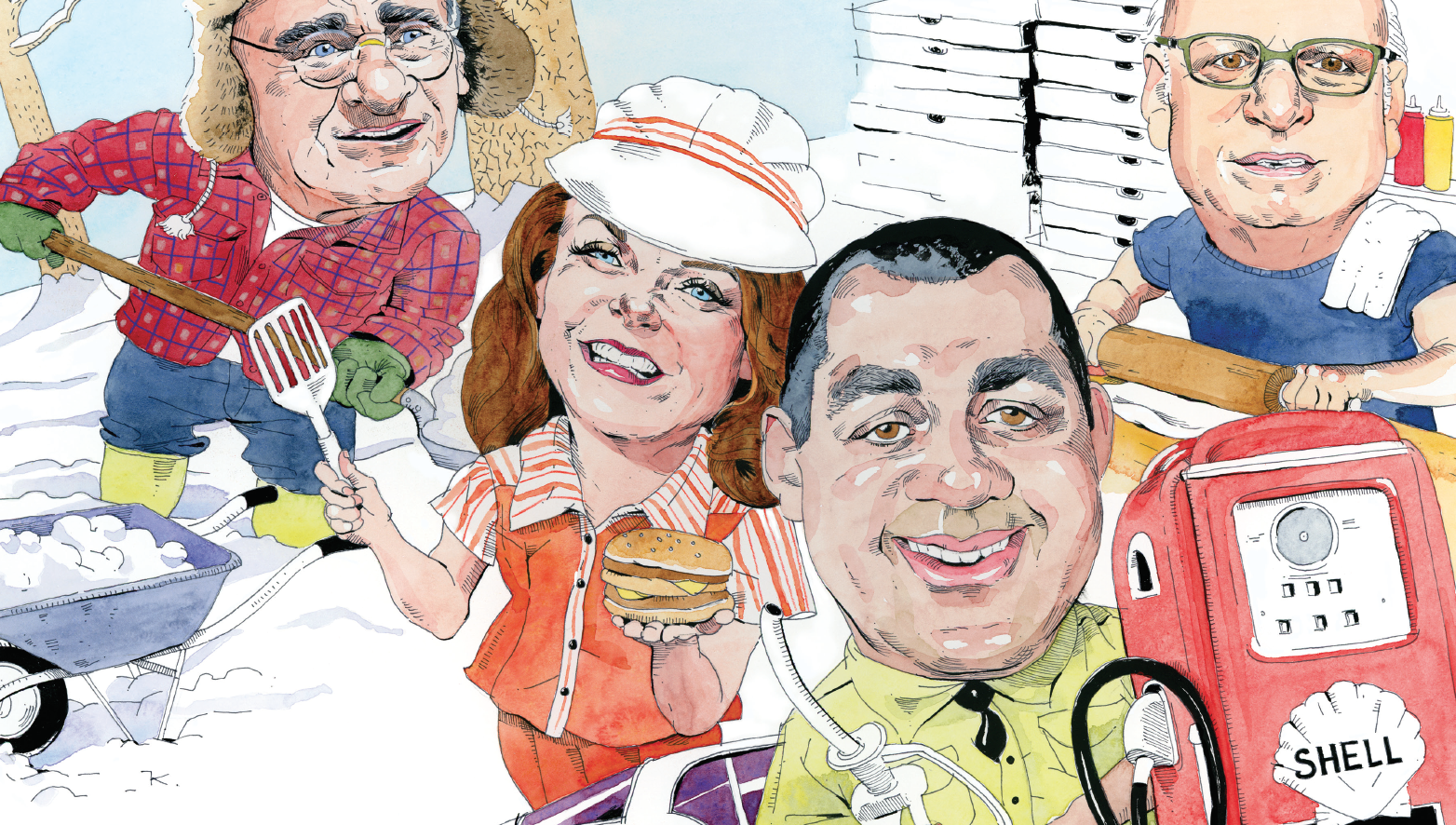
Donald Trump touted his — supposedly — humble start in real estate during his presidential campaign, when he cited the $1 million “small loan” given to him by his father. And while it’s certainly not uncommon for New York’s real estate elite to come from great fortune, some did a bit more tugging on their bootstraps. As evidence, The Real Deal talked to six industry leaders about the less glamorous jobs they worked before building and selling in New York. From tossing pizzas to breeding horses, those early gigs show how diverse the backgrounds of some of the industry’s top players really are.
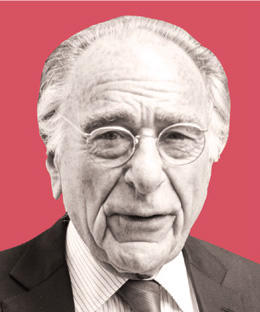
Harry Macklowe
Harry Macklowe
Founder of Macklowe Properties
Developer Harry Macklowe’s billion-dollar divorce led to a media feeding frenzy, but his rise to prominence is even more remarkable.
A commercial broker-turned-developer, Macklowe has gained a reputation for building tall and taking risks over the years. In the late 1980s, he brought the Metropolitan Tower to West 57th Street — now known as “Billionaires’ Row.”
In 2003, he purchased the General Motors Building for a record $1.4 billion, before piling on $7 billion in debt and selling it for nearly $2.9 billion in the thick of the financial crisis.
Less than a decade later, the developer rebounded with his luxury supertall 432 Park Avenue, which is setting sales records.
But Macklowe’s early days are far more modest. He grew up New Rochelle, New York, and worked hard for nickels.
“My first job was shoveling snow for 15 cents an hour,” Macklowe, 81, told TRD at a recent event in the GM Building. “And after that, it was caddying at the Wykagyl Country Club [in New Rochelle] in the summers.”
As to what he learned from those experiences, Macklowe had no comment.
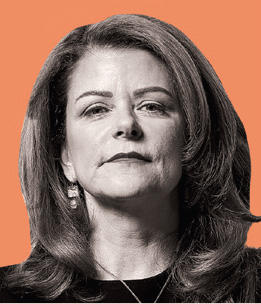
MaryAnne Gilmartin
MaryAnne Gilmartin
Co-founder and CEO of L&L MAG
MaryAnne Gilmartin spent more than two decades at Forest City — rising to CEO of its New York arm and becoming one of only a few women to run a major development firm — before co-founding her own company with industry veterans David Levinson and Robert Lapidus.
At Forest City, she oversaw the 22-acre mega development Pacific Park, the new New York Times Building at 620 Eighth Avenue and the 76-story Frank Gehry-designed tower at 8 Spruce Street in Lower Manhattan.
Her first gig was also at a major corporation, but her position was much lower down on the food chain: flipping burgers at a McDonald’s in Kingston, New York, for $3.35 an hour in the early 1980s.
“At 16 years of age, the glory of getting a weekly paycheck was indescribable,” Gilmartin, 55, said. “I also worked the front registers, because I was quick and could make change with no end-of-the-day discrepancies.
“I learned early on that if you’re honest, with a work ethic and are able to add value, the world was your oyster,” she explained.
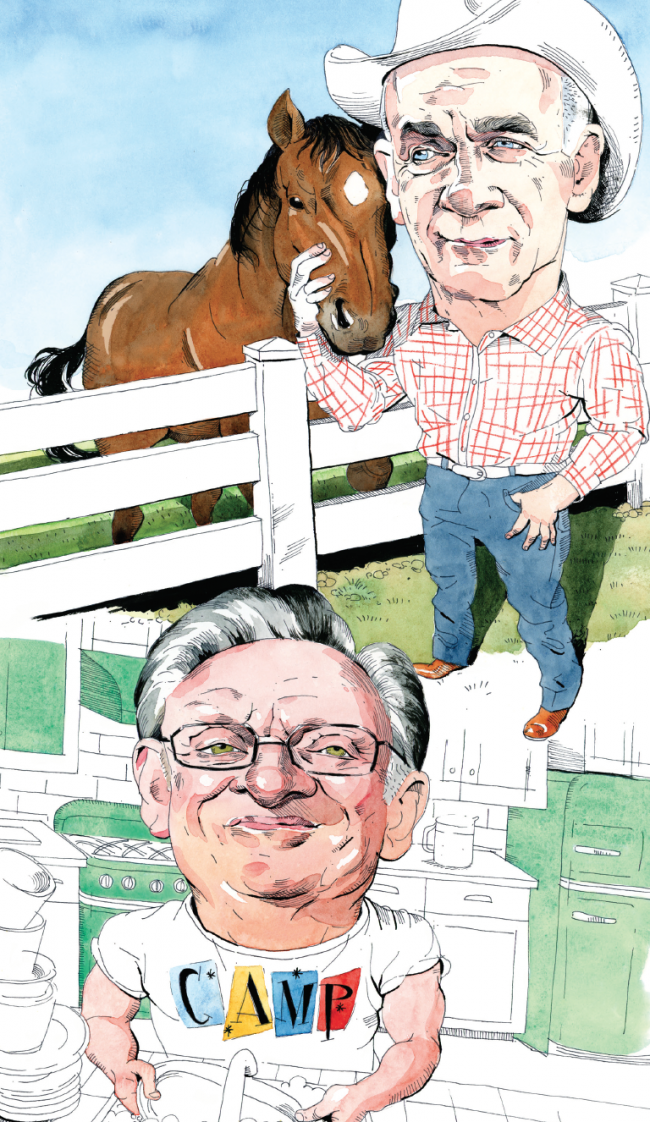
Illustration by Paul Kisselev
Larry Silverstein
Chairman of Silverstein Properties
Developer Larry Silverstein got his start in real estate in the late 1950s after purchasing a loft building in Midtown with his father. By 1978, his portfolio contained roughly 4 million square feet of commercial space, mostly in Manhattan.
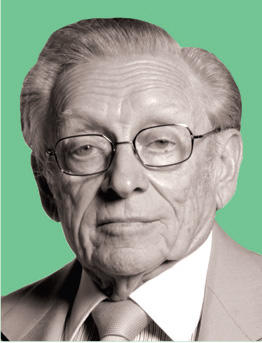
Larry Silverstein
In July 2001, Silverstein won a bid to purchase the entire World Trade Center site and later shared the honor (and headaches) of rebuilding it with the Port Authority and the Durst family. The rest is history.
But before he found his niche as a property titan, the Brooklyn native worked at an educational camp in Pennsylvania in the summer of 1951, representing New York University — where he went to college.
“I had zero interest, but because it was free and outdoors my parents said, ‘You are going’,” Silverstein, 87, recalled. “The camp was free because they made you work various jobs to cover your tuition.”
He spent most of his working hours in the kitchen, a gig that would forever change his life.
“The person who ran the kitchen was a woman named Klara, who was representing Hunter College,” Silverstein said of his future wife. “And would you believe it, we have been married for 61 years. She was my boss in the kitchen then, and she is my boss of everything today. Not only did I get a wife out of it, I got three kids and eight grandchildren out of it.”
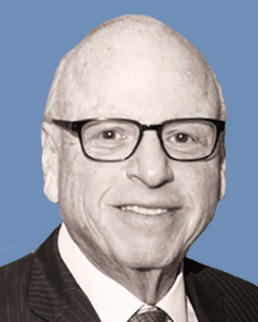
Howard Lorber
Howard Lorber
Chairman of Douglas Elliman and CEO of Vector Group
Billionaire investor Howard Lorber sits at the helm of New York’s largest residential brokerage and leads a publicly traded company that invests in everything from real estate to tobacco and wieners.
But before he was running the show at Douglas Elliman, serving as chairman of Nathan’s Famous Hot Dogs and acting as an economic adviser to President Trump, he was just another kid from the Bronx.
Lorber, 69, said he landed his first job at a small pizza parlor in Paramus, New Jersey — where he spent most of his childhood — at the age of 13.
“I learned how to roll the dough and put the sauce on,” he said. “It was fun. It was about 1961, and I don’t remember what I got paid exactly, but it was a $1 or $2 an hour.
“Besides gaining too much weight from eating pizza all the time, it was a great experience,” Lorber added.
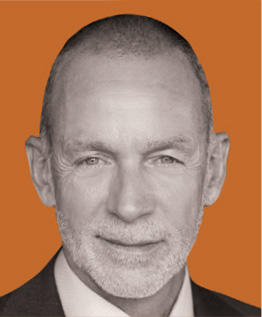
Hall Willkie
Hall Willkie
Co-President of Brown Harris Stevens
Real estate can be a bit of horse race, but Hall Willkie can jockey with the best of them.
Willkie manages more than 450 agents at Brown Harris Stevens with resales totaling more than $4.2 billion. He also serves as a governor of the Real Estate Board of New York.
But the Louisville, Kentucky, native says that if it wasn’t for his first real estate job as a broker with the Stamford, Connecticut-based firm William Pitt, he might still be breeding horses.
For a few years between the ages of 18 to 21, he worked full-time as an assistant manager on a thoroughbred breeding and training farm in Virginia and told TRD he “loved it.”
“I learned the importance of a horse’s four very powerful and sound legs,” Willkie, 69, said. “No matter how well bred, no matter how magnificent the creature may be, any weakness in any one of those legs keeps the rider and the mount from galloping over the trails, clearing those obstacles and winning the ribbons.
“Strength and health are required in every bone and every joint,” he added. “The same is true of us in our personal and business lives.”
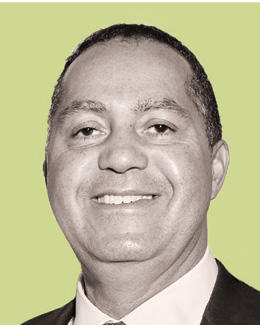
Don Peebles
Don Peebles
Chairman and founder of Peebles Corporation
Don Peebles said he grew up under the influence of his determined and hardworking mother in Washington, D.C.
He did his first real estate deal in his home city when he developed a 100,000-square-foot office building on Martin Luther King Avenue in the historic Anacostia neighborhood.
Since then, Peebles, 58, has become a major player in both the Miami and New York development scenes. In 2010, he considered a run for mayor of D.C. And these days, he’s had Gracie Mansion in his sights on more than one occasion.
But it all started with pumping gas in the summer of 1973, when Peebles was 13.
“The motivation for the job was that I wanted a new 10-speed bike and my parents could not afford it,” he said. “This was back before gas stations became self-service. When a customer came for gas, I greeted them, took their fuel order and checked their vehicle’s fluids and cleaned their windshields. The station was very busy, so the days went quickly.”
That job led to an after-school job working on the janitorial crew for a large orthodontics practice.
“The flooring was industrial carpet and the dentists would throw lots of wires from braces on the floor,” Peebles said. “My job was to pick up the wires from the carpet. It was slow and tedious work. It also taught me to pick up after myself.”




